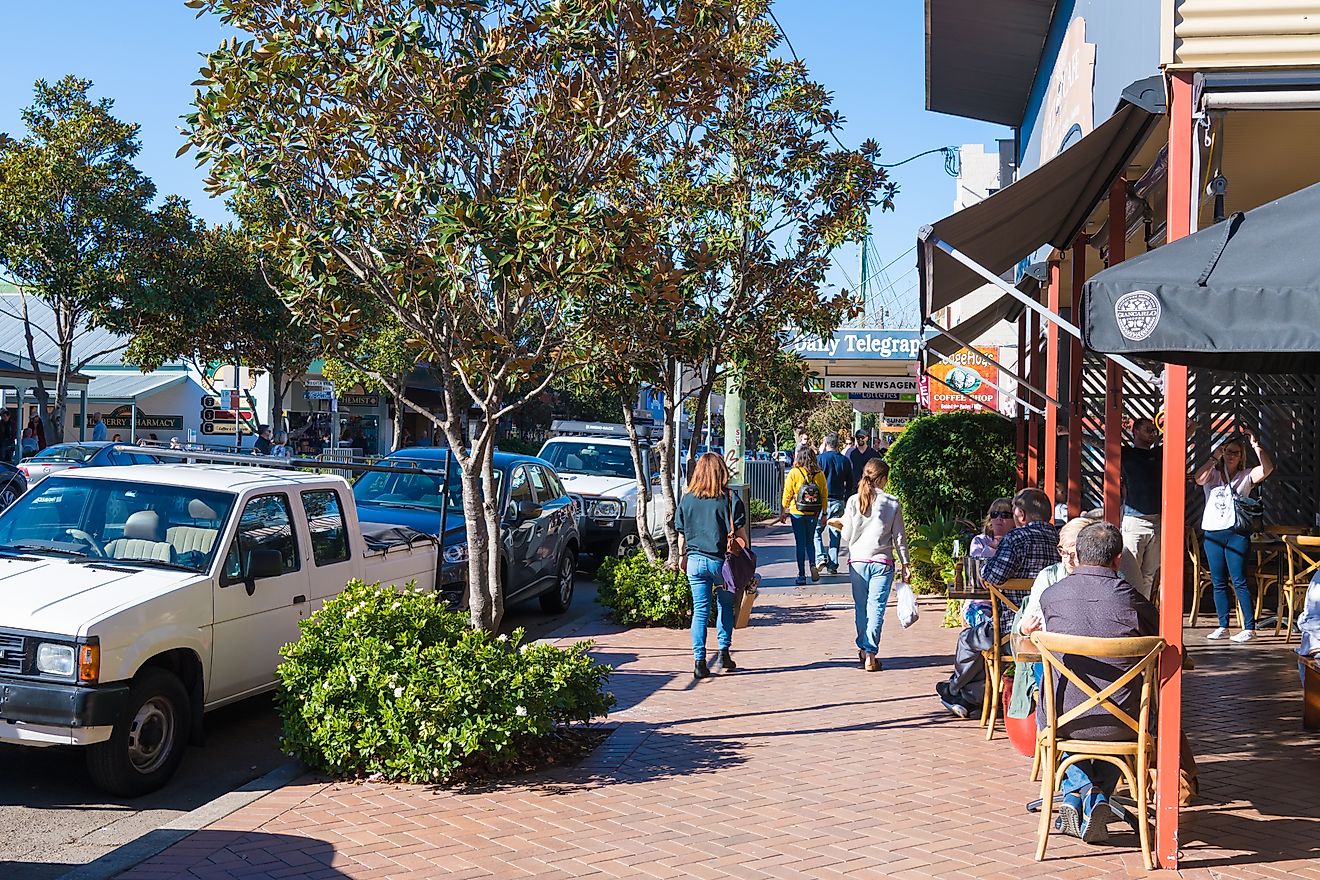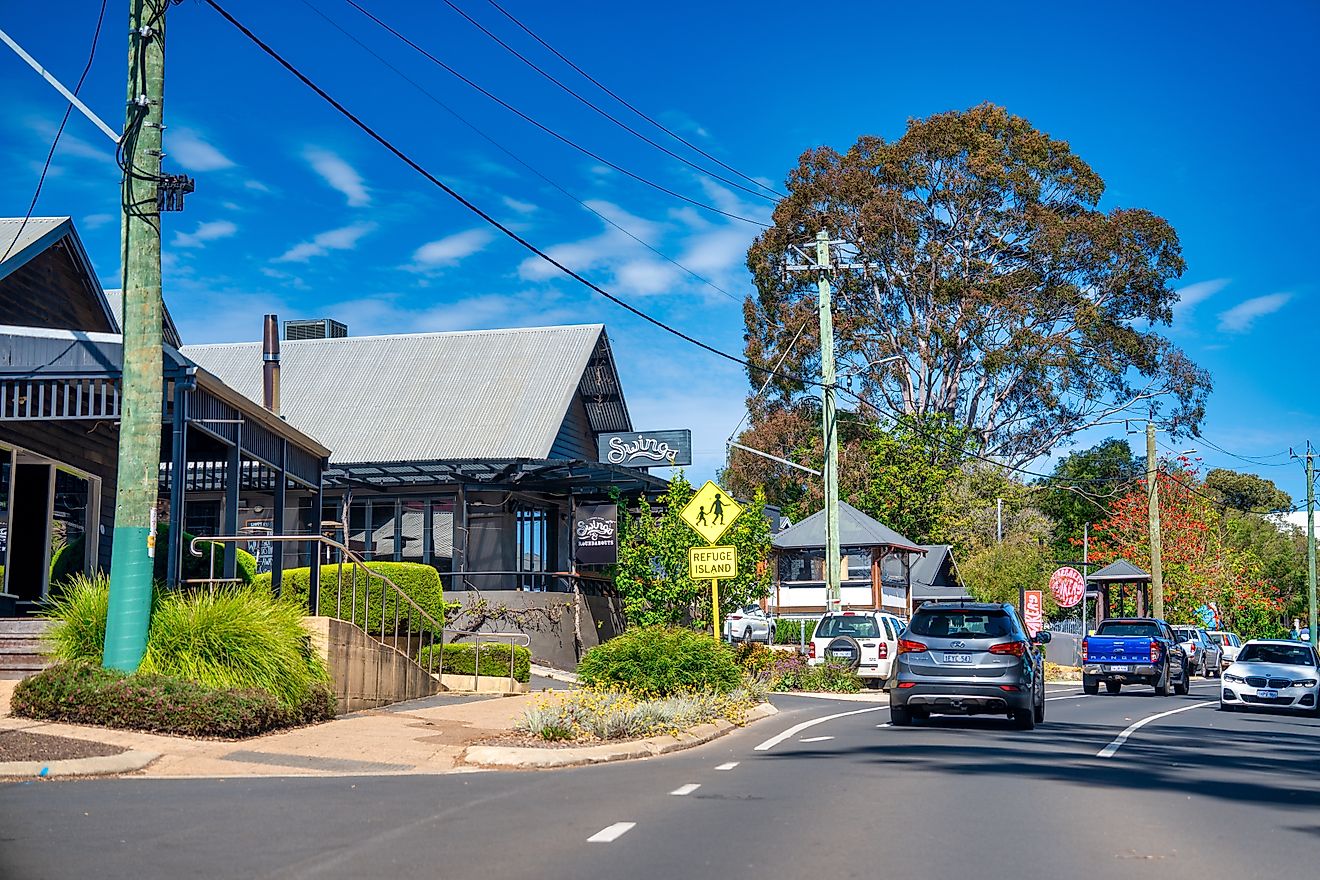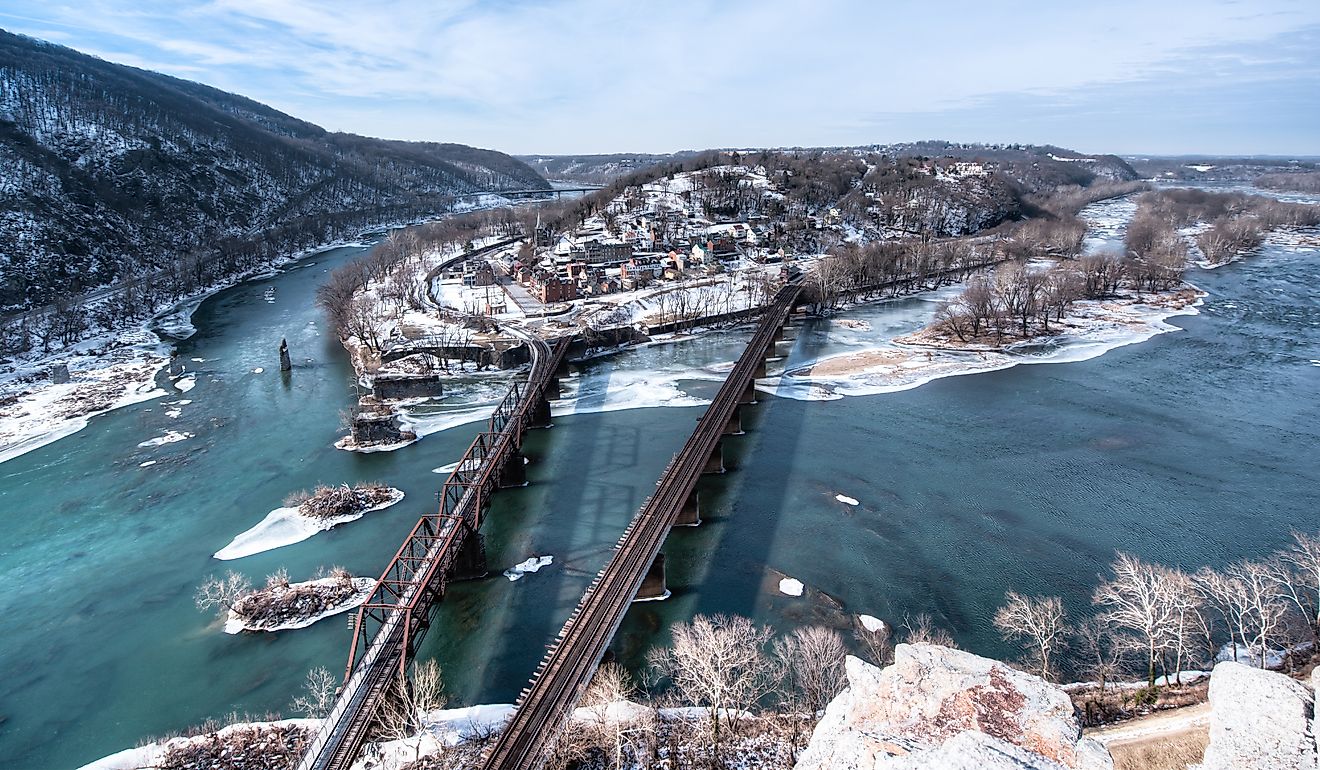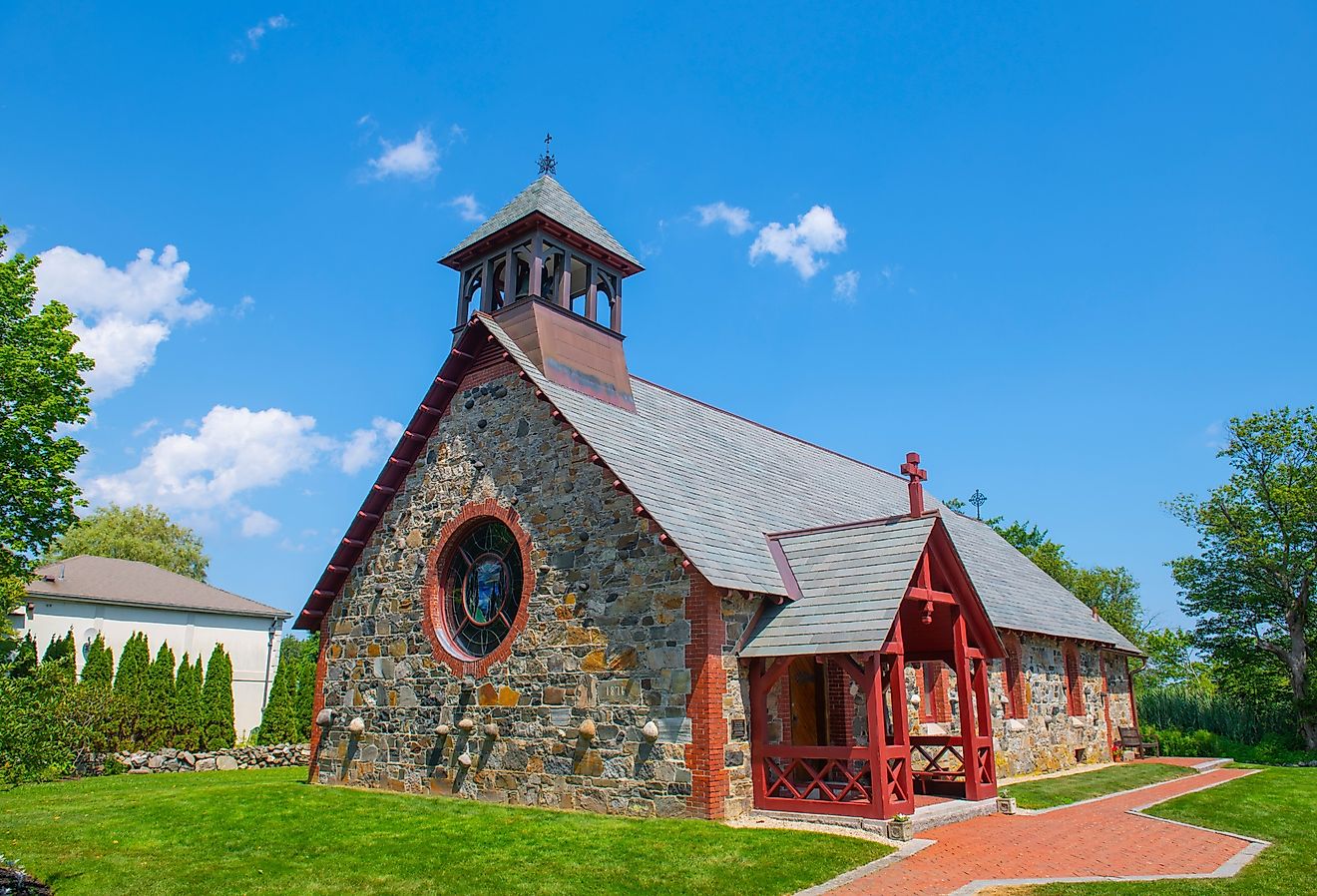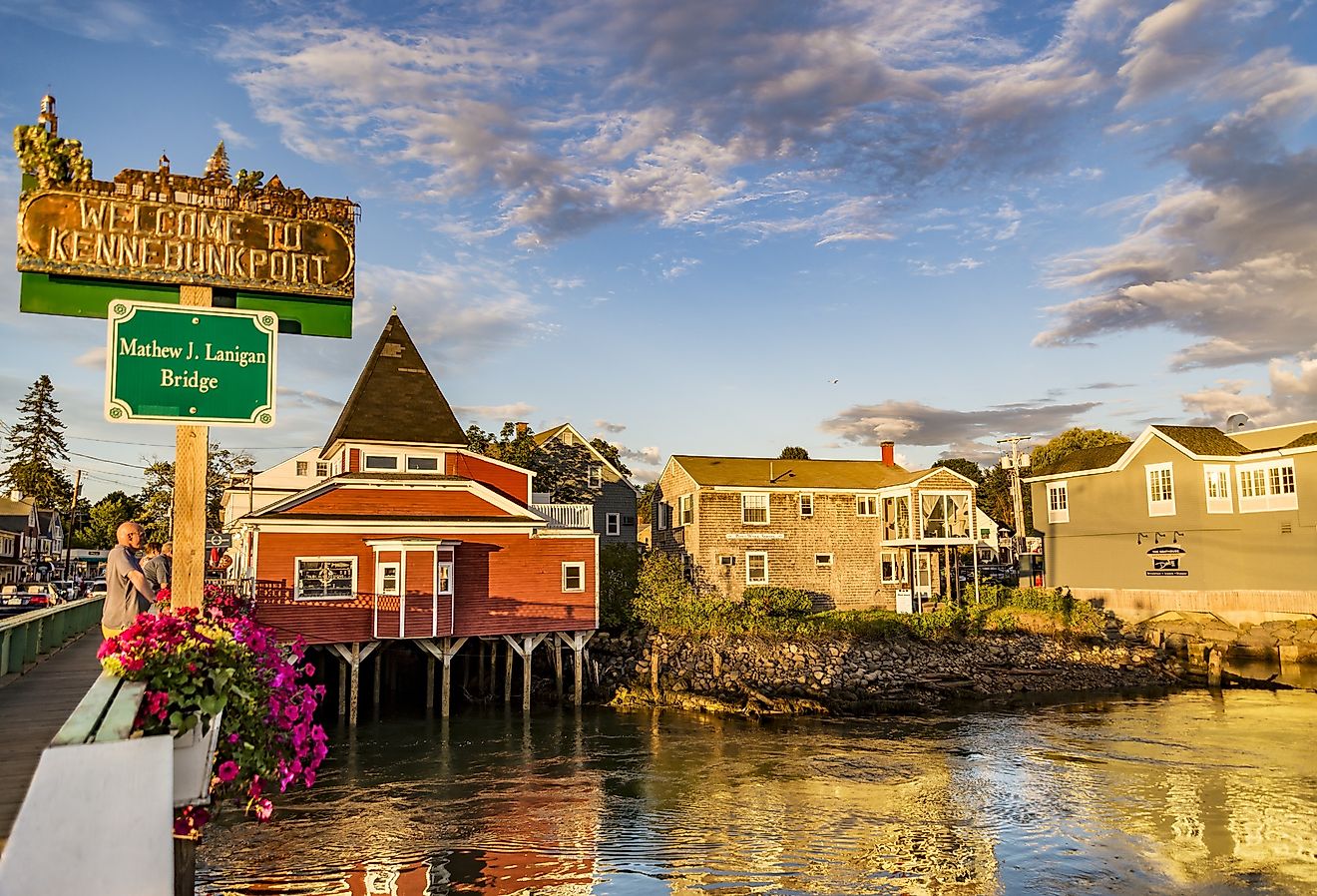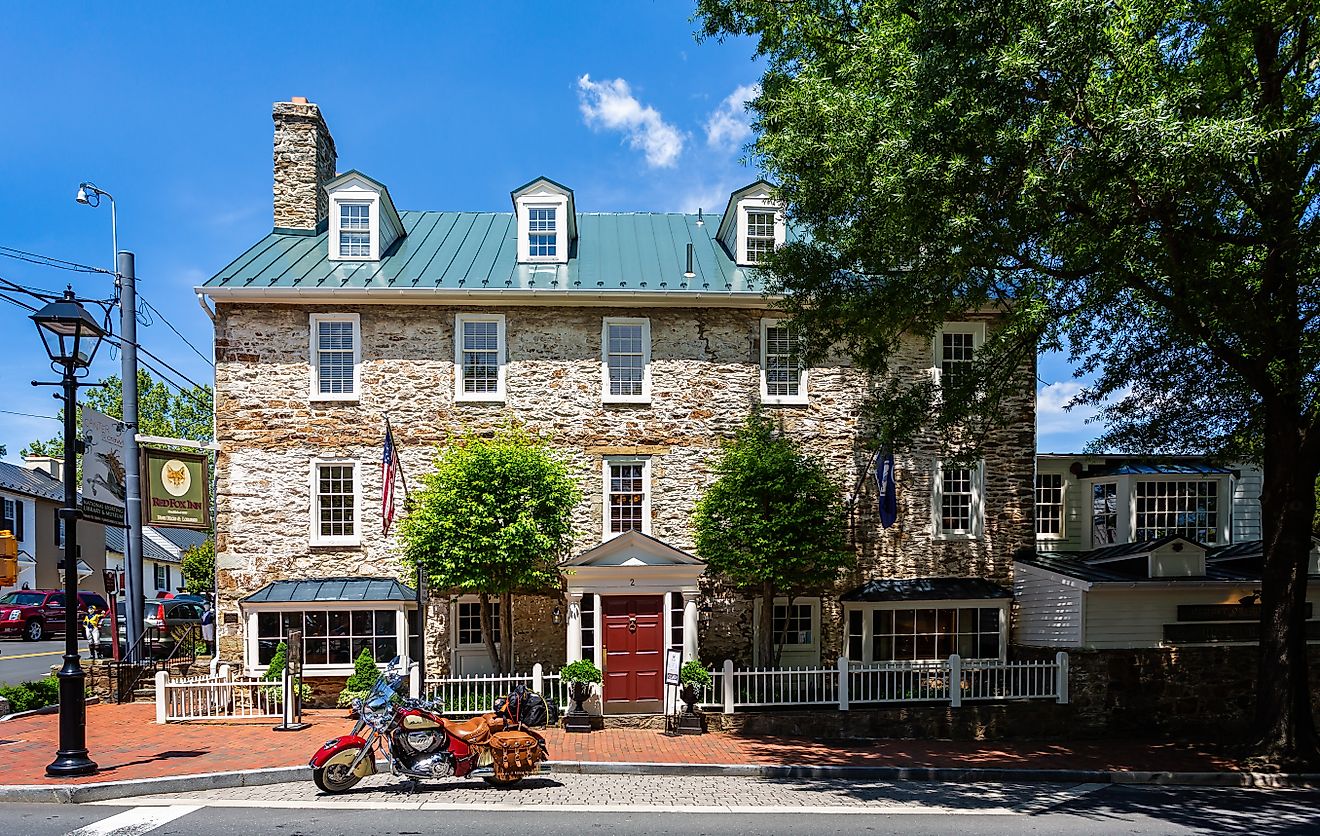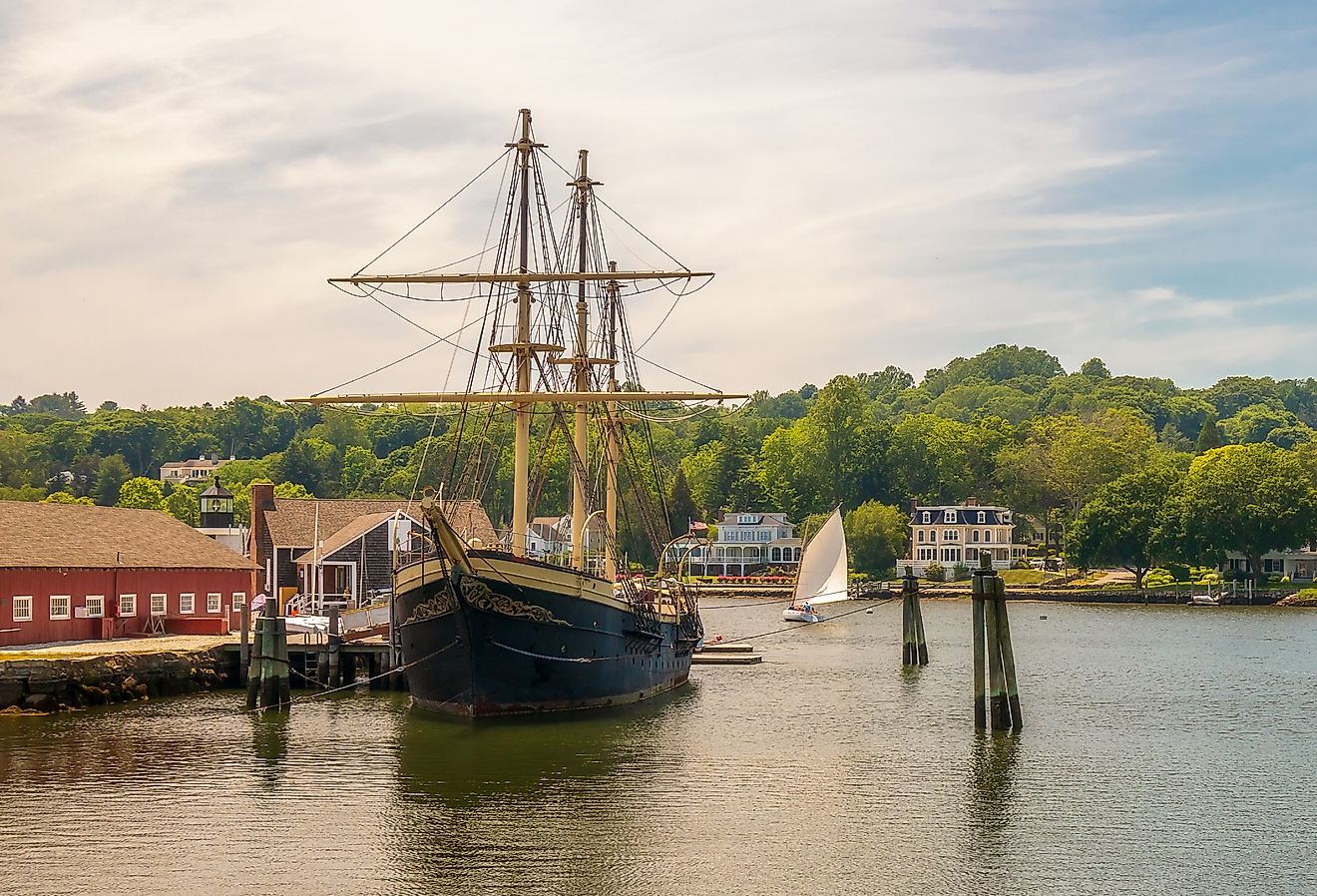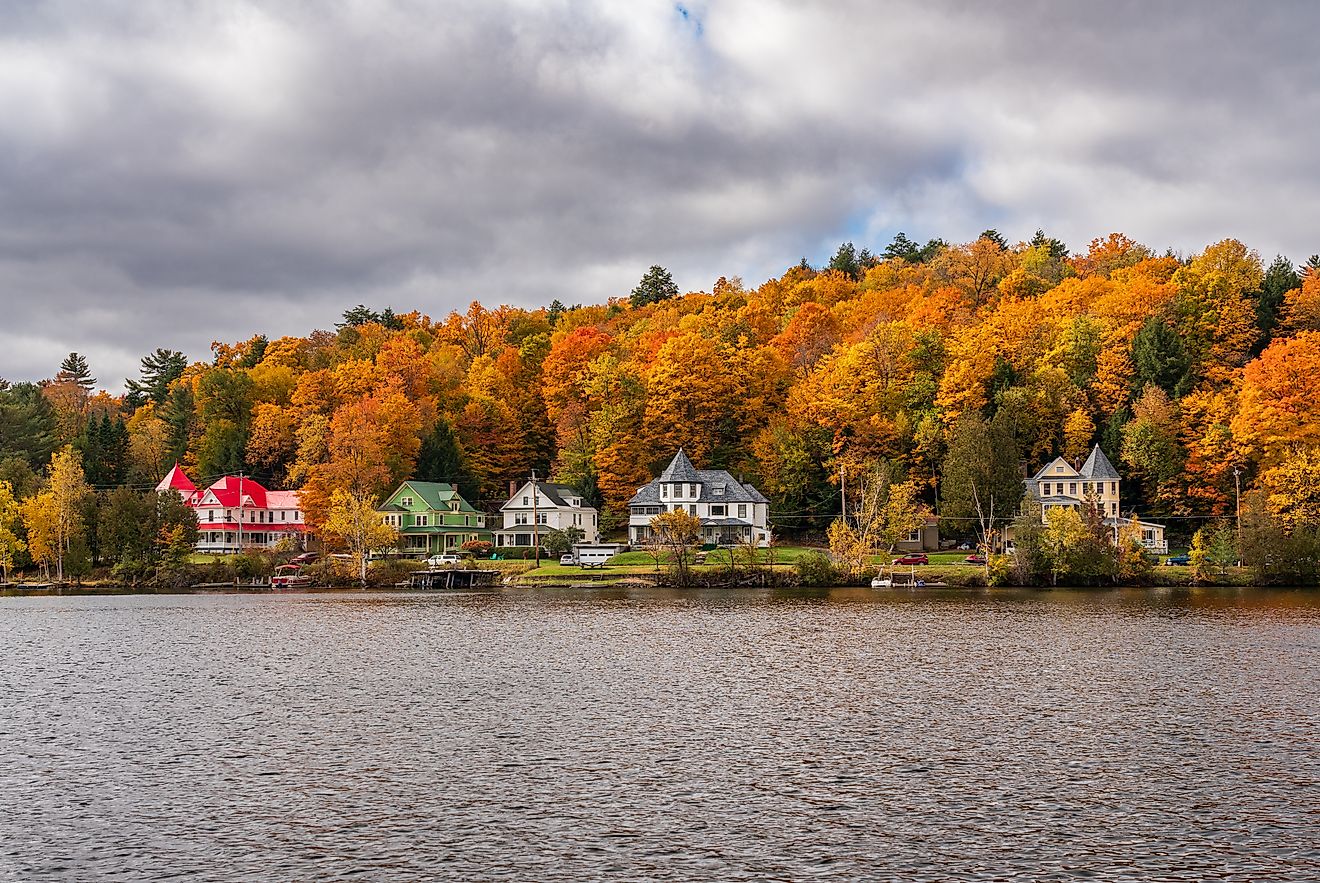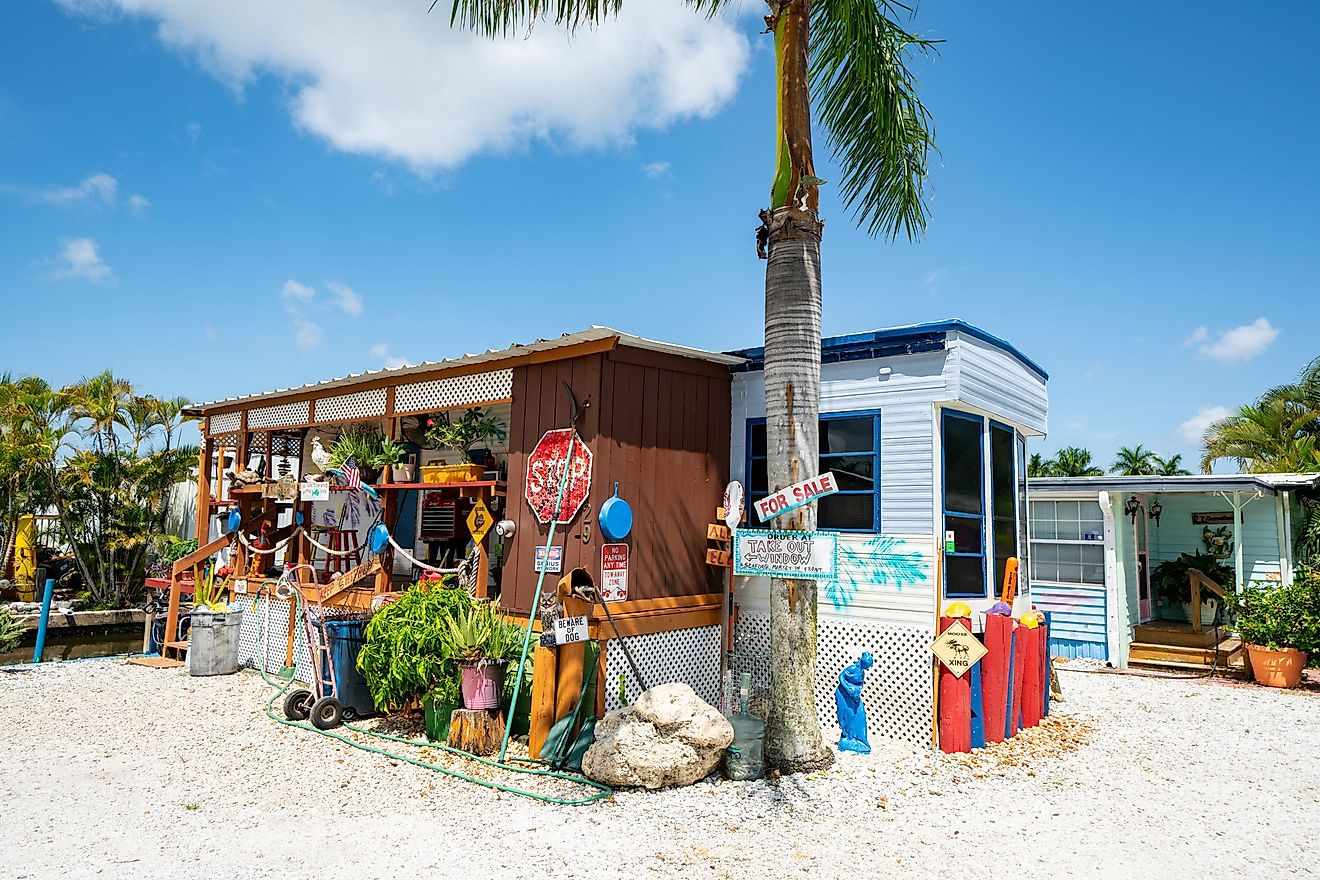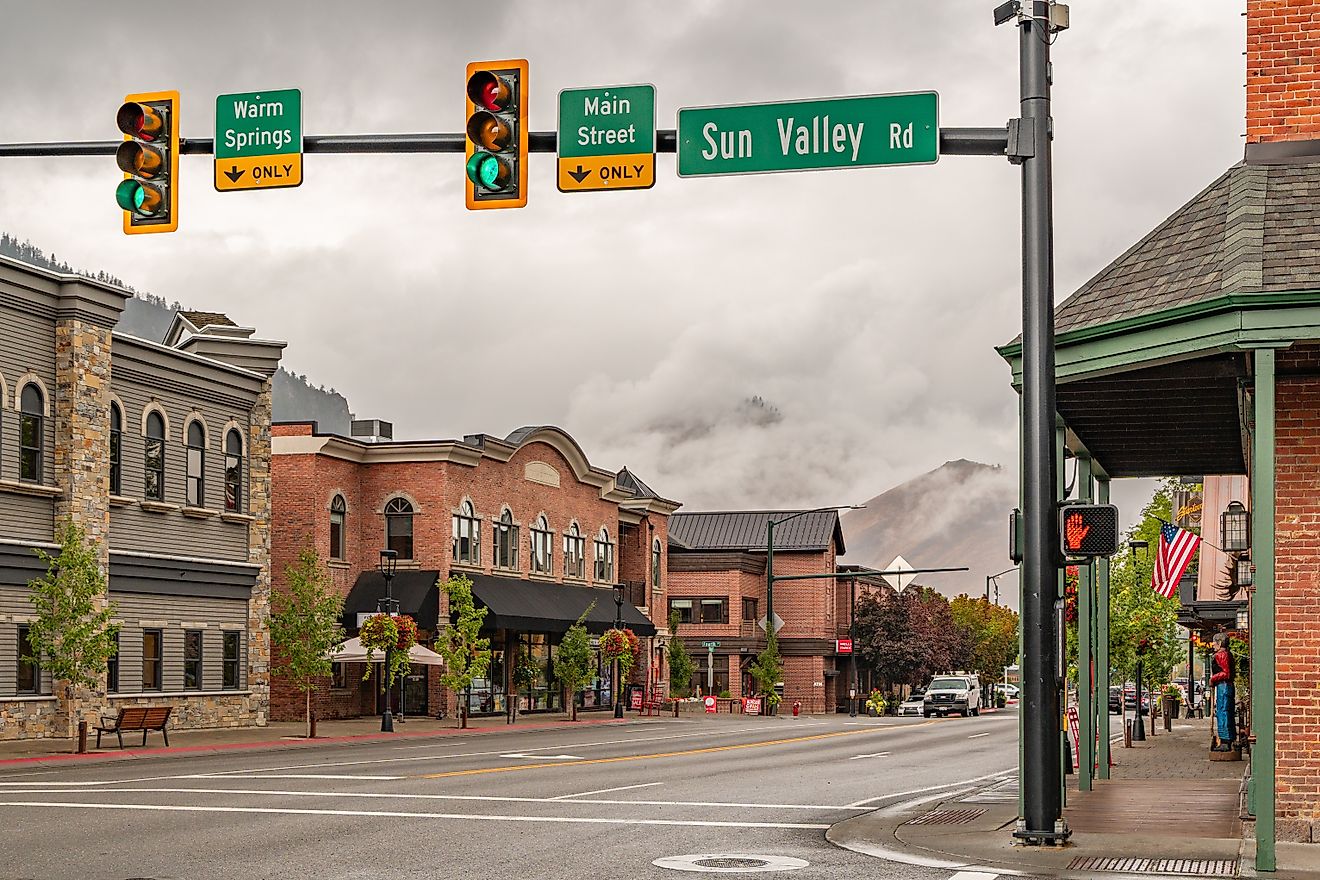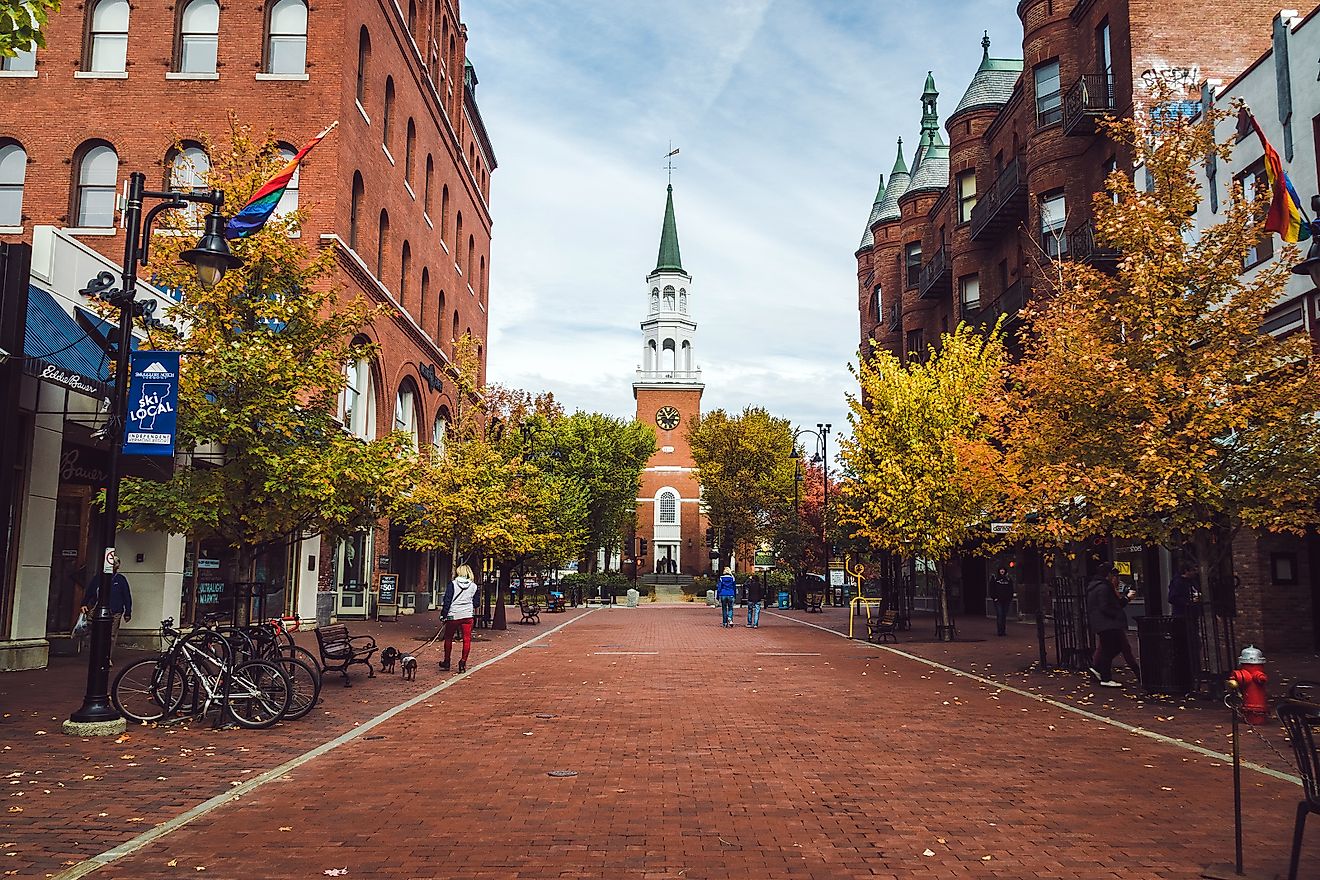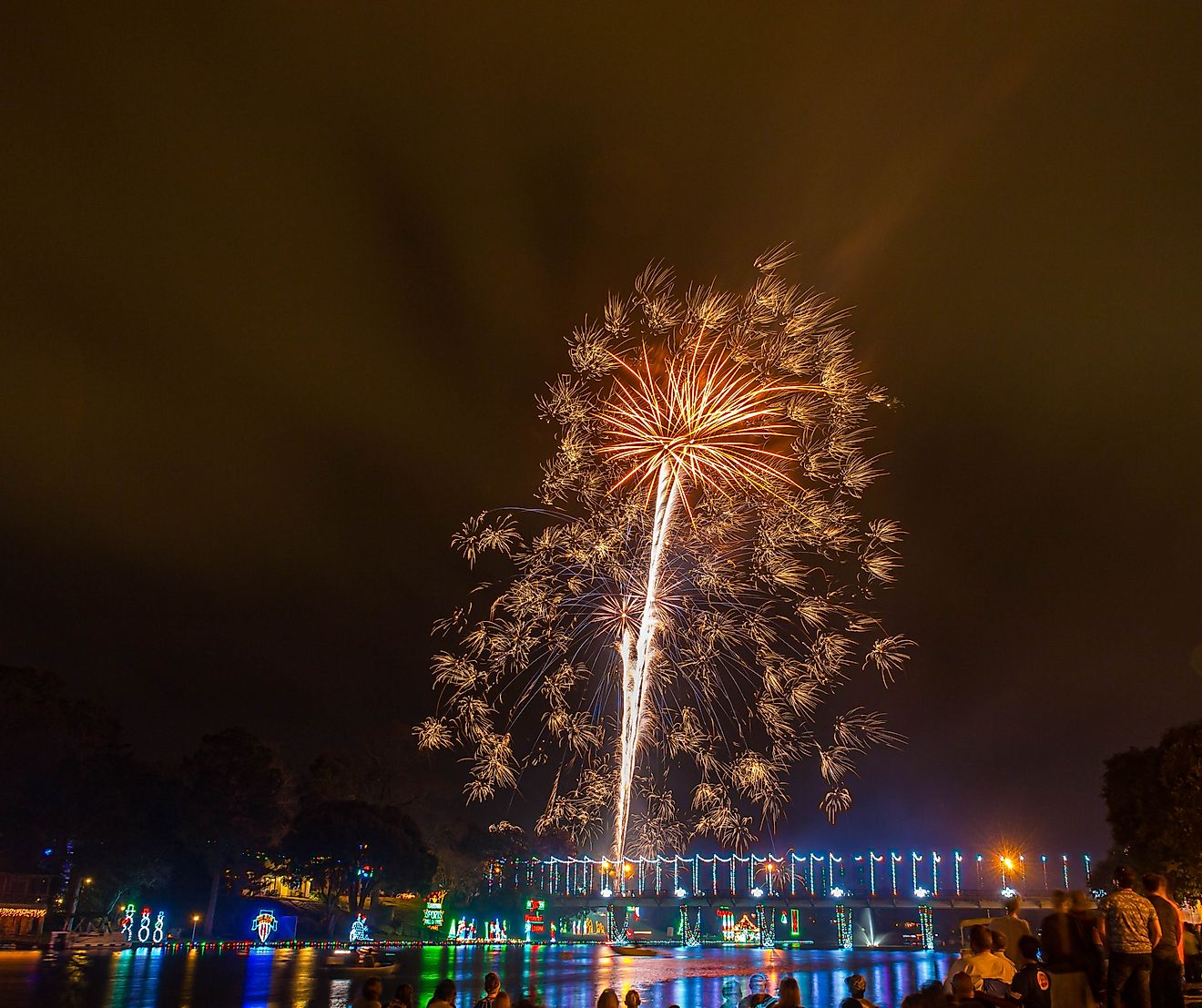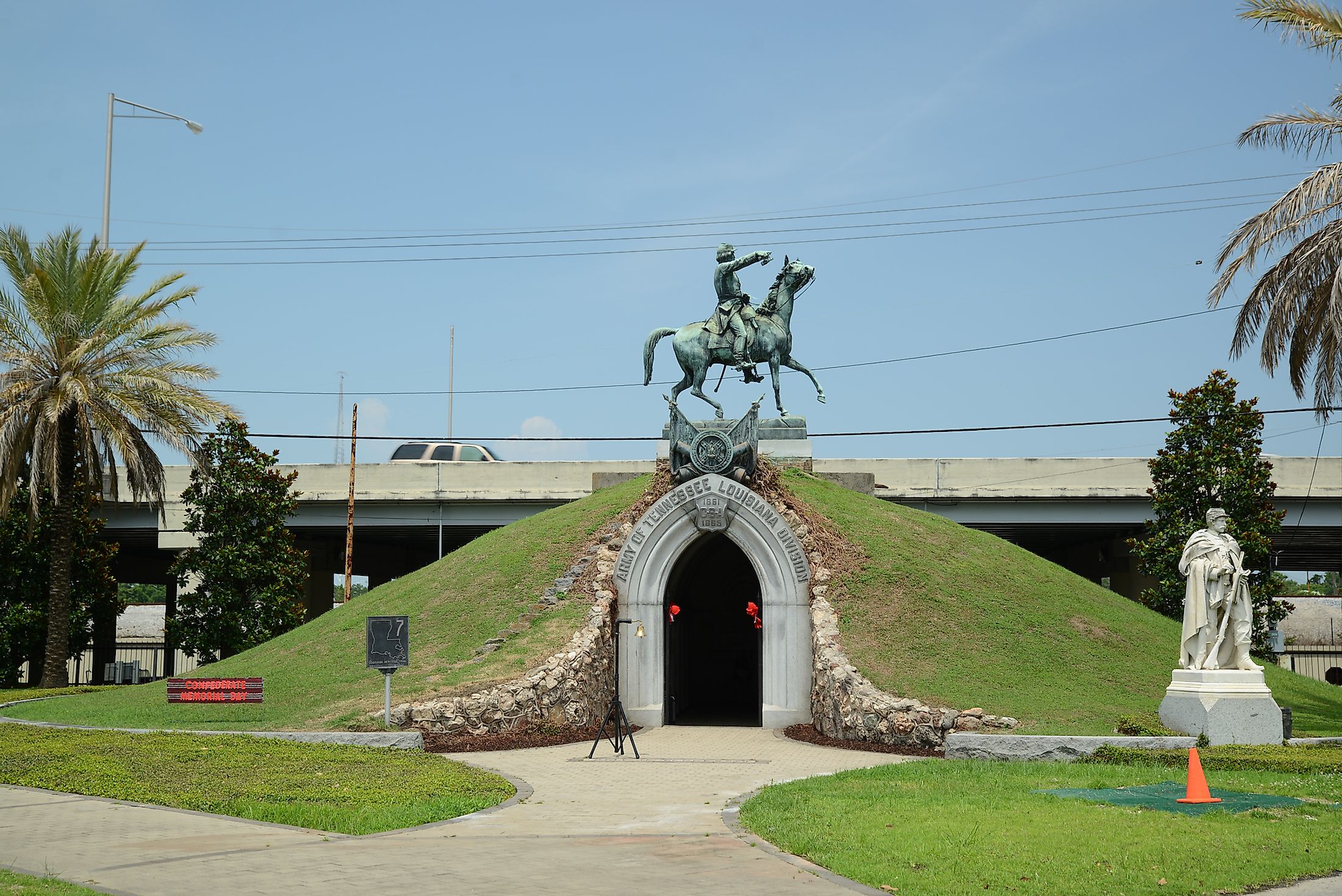
Metairie, Louisiana
Metairie is a Census-designated place in the state of Louisiana, United States. It is a residential suburb and a commercial hub in the region that is yet to be incorporated as a city. This suburban community uniquely displays the cross-cultural charm and exciting, colorful history. It is seen as a picturesque area boasting a French-accented Southern elegance. Metairie has a great position on the map bordering New Orleans, a thriving economy, a climate as good as its neighbor, and is home to many people whom it offers a convenient lifestyle.
Geography Of Metairie
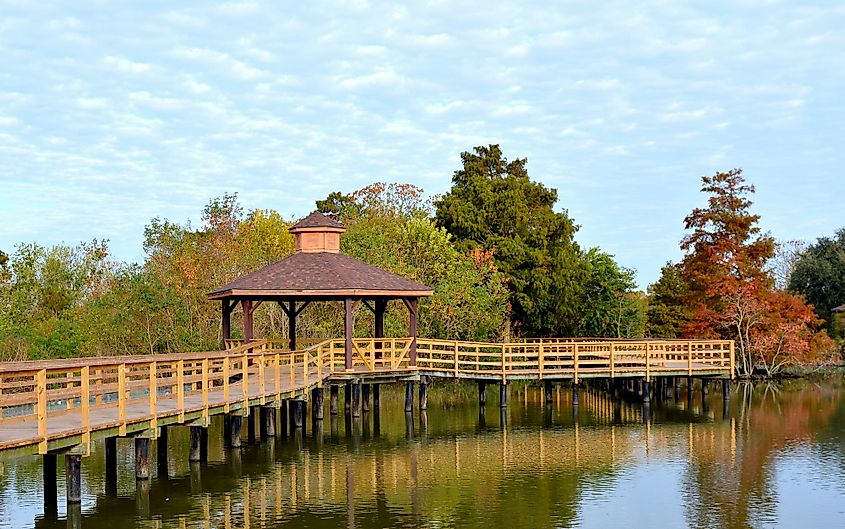
Metairie is Jefferson Parish's biggest community and is located in the parish's eastern part. It is also a principal community in the New Orleans-Metairie Metropolitan area or Greater New Orleans and is essentially the first suburb of New Orleans. Metairie is not legally defined as a city and has no legal representation, such as a Mayor. It is, however, one of the most prominent places in all of Louisiana and would be the 4th largest city had it been incorporated as one. Metairie meets the city of New Orleans at its borders to the east and Kenner to its west. Metairie sits on Lake Pontchartrain's southern shore between both cities. The 17th Street Canal separates Metairie and New Orleans borders. The Twin Span Bridge causeway on Lake Pontchartrain, known as the world's longest bridge over water spanning more than 24 miles, connects Metairie to other cities on the lake's northern shores, such as Covington, Madisonville, and Mandeville. Interstate Route 10 also runs through Metairie. Metairie covers a total area of 60.2 sq. km, of which only 0.1 sq. km is covered by water, while the remaining portion is occupied by land.
Climate Of Metairie
Metairie’s climate is the same as its neighbor, New Orleans. It has a humid subtropical climate according to the Köppen climate classification. April, November, and October are considered pleasant months as the weather is great during those times, while the least comfortable months are July and August due to the rise in temperatures. Like New Orleans, Metairie sits at a low elevation and is prone to natural hazards such as flooding and hurricanes. The area was severely impacted when Hurricane Katrina hit. Its proximity to multiple bodies of water and high rainfall negatively affects this low-lying area. It is reported that Metairie is at high risk of flooding over the next 30 years.
Brief History Of Metairie
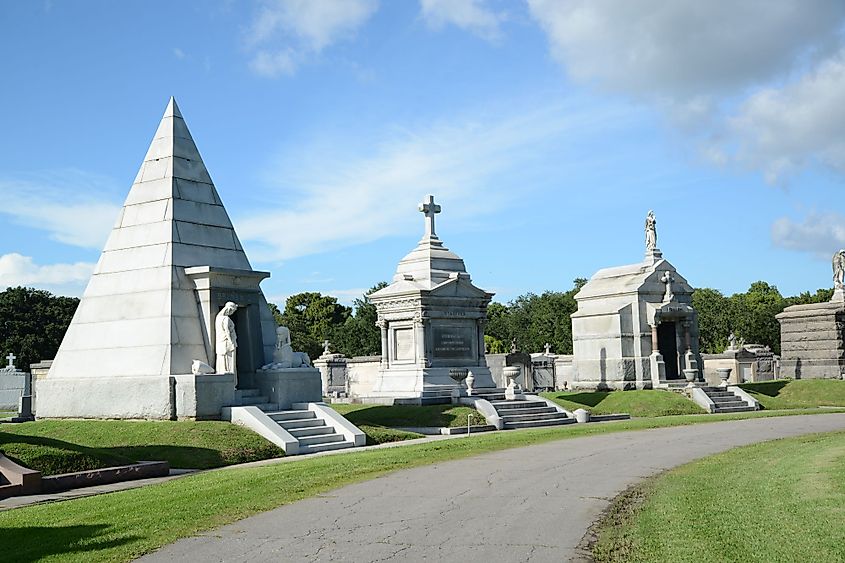
The name “Metairie” came from a French term meaning “a small tenant farm.” The area’s main activity was sharecropping in the early 19th century, having the landlords of the farms being compensated with a share of the produce. In the early 1720s, Metairie had the French first settling in it. They came across an area known as Metairie Ridge, a natural levee and a road the indigenous people of this land previously used. The site was opened to greater development in late 1910 after a streetcar was installed along the Metairie road, easing access to cities like New Orleans. This same road was paved in the 1920s and is considered the oldest road in the area of New Orleans. “Old Metairie” is now regarded as the most prestigious area where houses were built off the road. After World War II, Metairie saw most of its rapid growth and development.
The Population And Economy Of Metairie
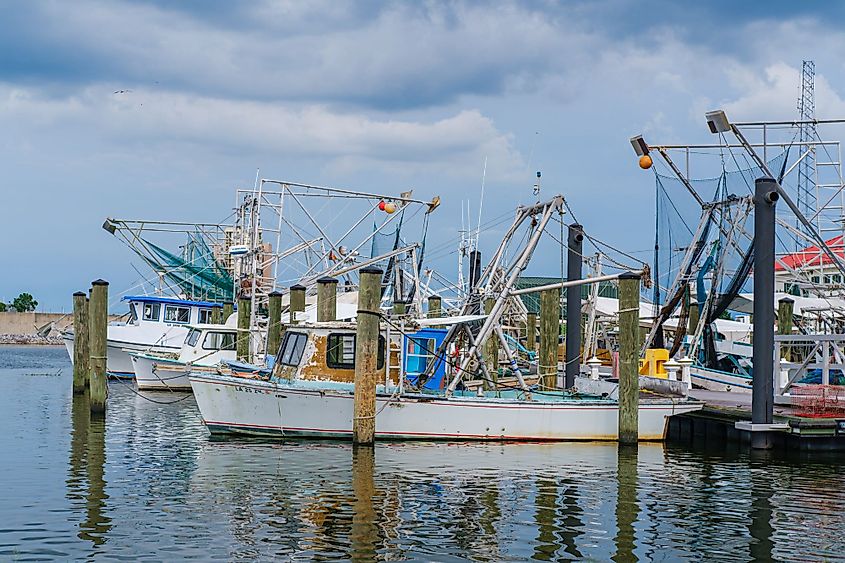
Metairie is the 4th most populous place in Louisiana after New Orleans, Baton Rouge, and Shreveport, with residents recorded at 143,507 as per the latest US Census. Females have a slightly higher percentage than males, with 52.1% of the total population, and the median age is 41.6 years. Metairie is primarily inhabited by the Non-Hispanic White, estimated at 69.7% of the population. Hispanics or Latino race come in second place at 15.1%, while African Americans are at 9.9% and Asians are 3.3%. The rest are for two or more other races or ethnic backgrounds. Metairie has a Christian populace, identified chiefly with the Catholic Church in terms of religious practice.
What was once a sharecropping area in its early days is now a commercial center in the region. The Metairie CDP relies on primary industries like food services, accommodation, social assistance, health care, and construction. The high-paying industries supporting its job markets include finance, insurance, and oil and gas. Also, tourism has been a part of its economic flourishment, especially in the past several years. According to the latest projection, Metairie employs around 73900 people. The median household income is $60,355, and the per capita income is $37,928 as recorded in 2020. 11.4% of the population is estimated to be living in poverty.
The Metairie Charm
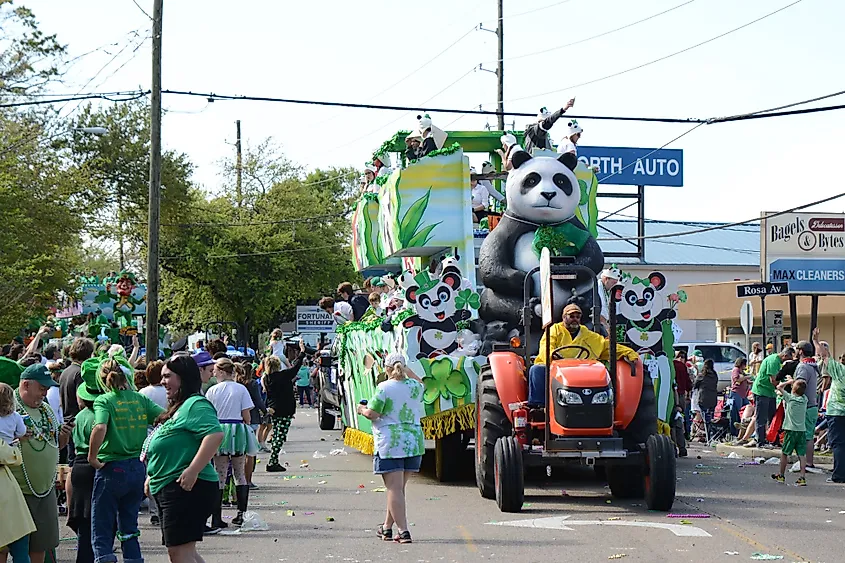
This suburban place called Metairie exudes a unique charm and southern grace. Metairie is closely associated with its neighboring city, New Orleans, and is constantly rushed to be experienced by visitors, who enjoy its family-friendly attractions, beautiful scenery, art, vibrant culinary scene, and exquisite entertainment profile. Metairie is home to major shopping malls in Greater New Orleans. It opened a dedicated nightlife center for a diverse collection of bars and nightclubs, a section known as “Fat City.” Old Metairie exhibits a unique architectural and cultural persona in its 1920s high-end boutiques and houses. The Mardi Gras Parades and other festivals are always celebrated in this area. Celebrities like Ellen Degeneres, Ashley Scott, and Sal Khan have been proud to call this place their birthplace and home for years.
